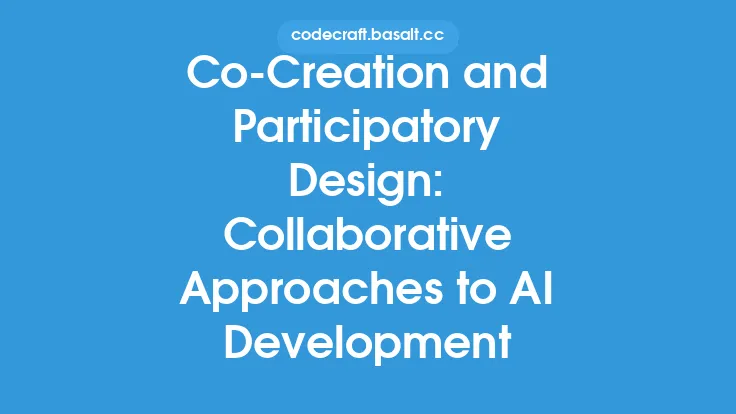Behavior-Driven Development (BDD) is an agile software development process that emphasizes collaboration between developers, testers, and non-technical stakeholders to ensure that the software meets the required specifications and behaves as expected. This approach focuses on defining the desired behavior of the software through executable scenarios, which helps to ensure that the development team is working towards a common goal.
Introduction to BDD
BDD is an extension of Test-Driven Development (TDD), which focuses on writing automated tests before writing the code. However, BDD takes it a step further by involving non-technical stakeholders in the development process and using natural language to describe the desired behavior of the software. This approach helps to ensure that the software meets the requirements and expectations of the stakeholders, and that the development team has a clear understanding of what needs to be built.
Key Principles of BDD
The key principles of BDD include:
- Collaboration: BDD emphasizes collaboration between developers, testers, and non-technical stakeholders to ensure that everyone is working towards a common goal.
- Executable specifications: BDD uses executable scenarios to define the desired behavior of the software, which helps to ensure that the software meets the required specifications.
- Natural language: BDD uses natural language to describe the desired behavior of the software, which helps to ensure that non-technical stakeholders can understand and contribute to the development process.
- Automated testing: BDD uses automated testing to ensure that the software behaves as expected and meets the required specifications.
BDD Frameworks and Tools
There are several BDD frameworks and tools available, including Cucumber, SpecFlow, and Behave. These frameworks and tools provide a structured approach to BDD and help to simplify the process of defining and executing executable scenarios. They also provide features such as reporting, debugging, and integration with other development tools.
Benefits of BDD
The benefits of BDD include:
- Improved collaboration: BDD helps to improve collaboration between developers, testers, and non-technical stakeholders, which ensures that everyone is working towards a common goal.
- Reduced misunderstandings: BDD helps to reduce misunderstandings between stakeholders and developers, which ensures that the software meets the required specifications and behaves as expected.
- Faster development: BDD helps to speed up the development process by providing a clear understanding of what needs to be built and how it should behave.
- Improved quality: BDD helps to improve the quality of the software by ensuring that it meets the required specifications and behaves as expected.
BDD Process
The BDD process typically involves the following steps:
- Define the scenario: Define the scenario that describes the desired behavior of the software.
- Write the scenario: Write the scenario in a natural language style, using a framework such as Cucumber or SpecFlow.
- Implement the step definitions: Implement the step definitions that define the behavior of the software.
- Run the scenario: Run the scenario to ensure that it passes and the software behaves as expected.
- Refine the scenario: Refine the scenario based on the results of the previous step.
Best Practices for BDD
Some best practices for BDD include:
- Keep it simple: Keep the scenarios simple and focused on the desired behavior of the software.
- Use natural language: Use natural language to describe the desired behavior of the software.
- Use examples: Use examples to illustrate the desired behavior of the software.
- Keep it concise: Keep the scenarios concise and to the point.
- Use automation: Use automation to run the scenarios and ensure that the software behaves as expected.
Common Challenges in BDD
Some common challenges in BDD include:
- Getting started: Getting started with BDD can be challenging, especially for teams that are new to agile development.
- Defining scenarios: Defining scenarios that accurately describe the desired behavior of the software can be challenging.
- Implementing step definitions: Implementing step definitions that accurately define the behavior of the software can be challenging.
- Maintaining scenarios: Maintaining scenarios over time can be challenging, especially as the software evolves and changes.
Conclusion
BDD is a collaborative approach to software development that emphasizes defining the desired behavior of the software through executable scenarios. By involving non-technical stakeholders in the development process and using natural language to describe the desired behavior of the software, BDD helps to ensure that the software meets the required specifications and behaves as expected. While there are challenges to implementing BDD, the benefits of improved collaboration, reduced misunderstandings, faster development, and improved quality make it a valuable approach to software development.





